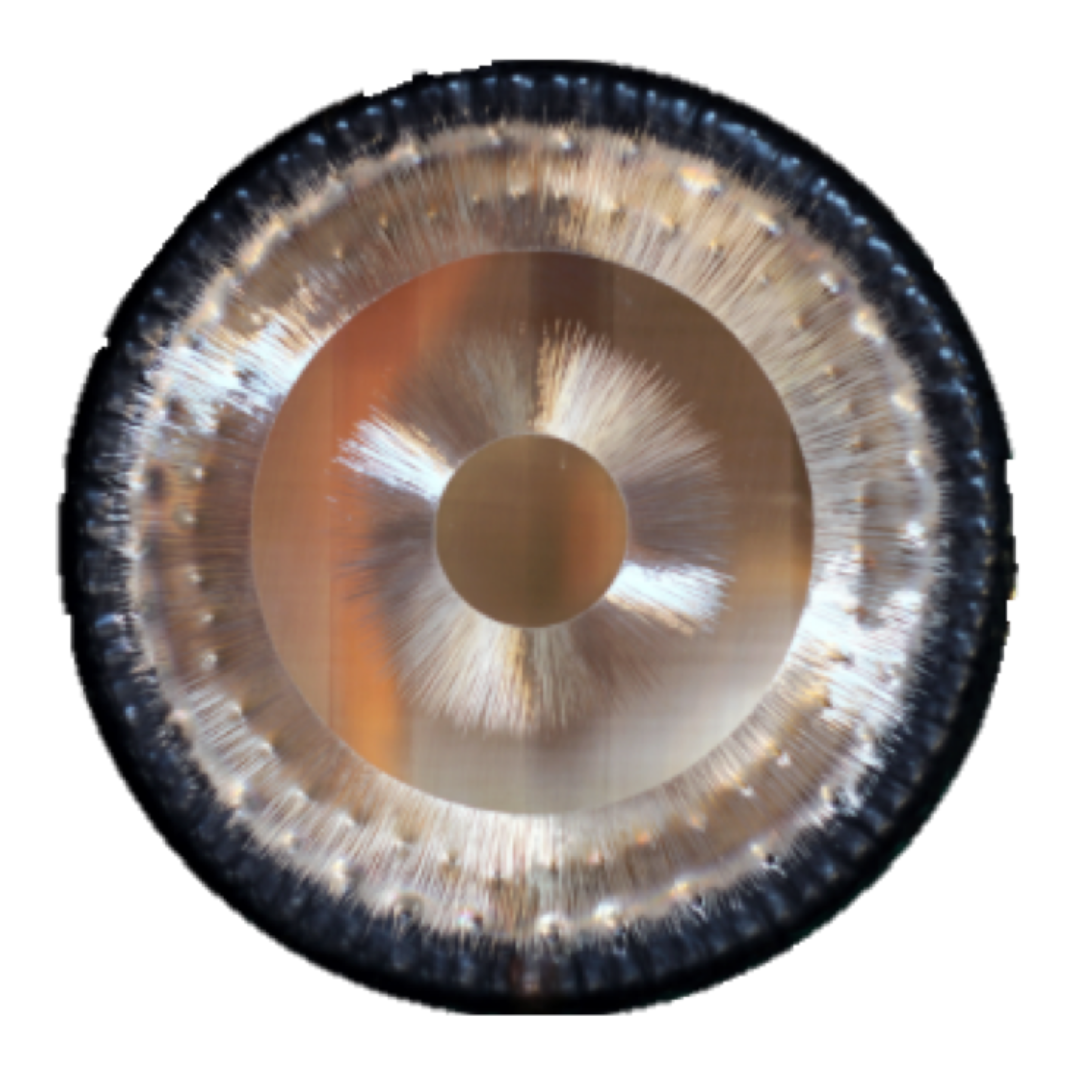Blog
Kundalini Yoga is a group practice that leads to individual growth, creating awareness, strength, and recognition that you are a divine experience. It guides you to realize the limitless and the sublime that already exists within you.
– Jap Hari Kaur


Kundalini Yoga: The Yoga of Awareness
Kundalini Yoga is a dynamic and spiritual form of yoga that combines movement, breathwork, chanting, meditation, and exercises using specific postures to awaken the Kundalini energy, believed to be a dormant spiritual force at the base of the spine. This practice aims to elevate consciousness, enhance mental clarity, and promote physical and emotional balance. Unlike other yoga styles focused primarily on physical postures, Kundalini Yoga emphasizes the activation of inner energy through rhythmic exercises and deep meditation. Practitioners often experience a profound sense of transformation, heightened intuition, and an increased awareness of their true self. Rooted in ancient yogic traditions, Kundalini Yoga is sometimes called the “yoga of awareness” because it helps unlock one’s highest potential by harmonizing the body’s energy centers (chakras) and aligning the mind, body, and spirit.

Holism in Kundalini Yoga: Connecting Mind, Body, and Spirit
In Kundalini Yoga, holism means treating the mind, body, and spirit as one connected whole. This approach understands that our physical health, emotions, and thoughts are all linked, and true well-being happens when all parts of us are in balance. Kundalini Yoga uses techniques like breathwork, postures, chanting, and meditation to help heal and energize the whole self. The practice focuses on unblocking energy in the body’s energy centers (chakras), so we can feel more balanced, healthy, and spiritually awake. By connecting all these parts of ourselves, Kundalini Yoga helps us live more in tune with who we are and feel a deeper connection to the world around us.

Kundalini Yoga: The Healing Power of Tibetan Singing Bowls
Tibetan singing bowls are widely used in Kundalini Yoga and spiritual practices for their deep, resonant sounds that enhance relaxation, healing, and meditation. Crafted from a blend of metals, these bowls produce harmonic vibrations when struck or played with a mallet, creating a soothing auditory experience that helps calm the mind and balance the body’s energy. In Kundalini Yoga, they are often used at the beginning or end of a session to set an intention, deepen mindfulness, or facilitate a meditative state. The vibrations of the bowls are believed to correspond with the body’s chakras, helping to clear energy blockages and restore balance in the energetic field. In the context of Kundalini, these vibrations also support the awakening of the dormant Kundalini energy at the base of the spine, encouraging a smoother rise through the chakras. In Tibetan spiritual traditions, these bowls are used in rituals, chanting, and sound healing therapy, where their frequencies are believed to aid in emotional release and induce deep states of inner peace. Their ability to create a meditative and healing atmosphere makes them a powerful tool for both physical rejuvenation and spiritual growth in Kundalini Yoga.

Frequency in Kundalini Yoga: The Power of Vibrational Energy
In Kundalini Yoga, frequency refers to the vibrational energy generated through sound, breath, and movement, which influences the body’s energetic state and consciousness. This practice recognizes that everything, including thoughts, emotions, and physical health, operates at a specific frequency. Through the use of mantras, such as “Sat Nam” (meaning “Truth is my identity”), practitioners create sound vibrations that help align and elevate their personal frequency. Chanting, combined with breath control (pranayama) and repetitive movements, shifts energy patterns, clears blockages, and raises awareness. Kundalini Yoga also incorporates sacred sound currents (Naad Yoga) and specific sound frequencies using Gongs, Tibetan signing bowls and other instruments to attune the nervous system and harmonize the chakras. By working with these vibrations, practitioners can elevate their consciousness, healing mind and body, and connect to higher states of spiritual awareness.

“If you meditate on the primordial sound, you will see the unseen, hear the unheard, and feel what you’ve never felt. The Gong is the first and the last instrument for the human mind. There is only one thing that can replace and guide the human mind — the sound of the Gong.”
– Yogi Bhajan
The Gong in KundaliniYoga Practice: A Tool for Deep Healing and Transformation
In yoga, especially in Kundalini Yoga, the gong is a powerful instrument used for deep relaxation, healing, and energetic transformation. The vibrations produced by the gong create a sound wave that resonates through the body, helping to release tension, clear energetic blockages, and induce a meditative state. This practice, often called a gong bath or sound healing session, allows the mind to enter a state of deep stillness, similar to a trance or deep meditation, where healing and self-discovery can occur. The gong’s rich, multidimensional tones help reset the nervous system, balance the chakras, and elevate consciousness. It is believed that the vibrations penetrate the subconscious mind, dissolving stress and emotional patterns while enhancing spiritual awareness. By immersing in the gong’s sound frequency, practitioners can experience profound relaxation, heightened intuition, and a sense of connection with the universe.

Elements Used in Kundalini Yoga Practice
1. Breathwork – Controlled breathing techniques help regulate energy, calm the mind, and enhance awareness.
2. Postures – Specific body movements and poses activate energy flow, strengthen the body, and balance the chakras.
3. Chanting – Repeating sacred sounds or mantras raises vibrational energy, deepens meditation, and focuses the mind.
4. Meditation – Guided or silent meditation enhances inner awareness, mental clarity, and spiritual connection.
5. Mudras (Hand Gestures) – Specific hand positions direct energy flow and influence consciousness.
6. Bandhas (Energy Locks) – Engaging internal locks helps control energy movement and awaken Kundalini.
7. Sound Healing – Instruments like gongs and Tibetan singing bowls create vibrations that promote deep relaxation and energetic balance.
8. White Clothing & Turban – Practitioners often wear white to expand their aura and use a turban to support energy focus.
These elements work together to awaken Kundalini energy, leading to greater awareness, balance, and transformation.

Breathwork and Sound in Yoga
Breathwork in yoga incorporates sound to deepen the experience, helping to calm the mind, improve focus, and regulate energy. Certain techniques use controlled breathing with sound vibrations to promote relaxation, reduce stress, and enhance overall well-being. By combining breath and sound, these practices create a powerful tool for balancing the body and mind
